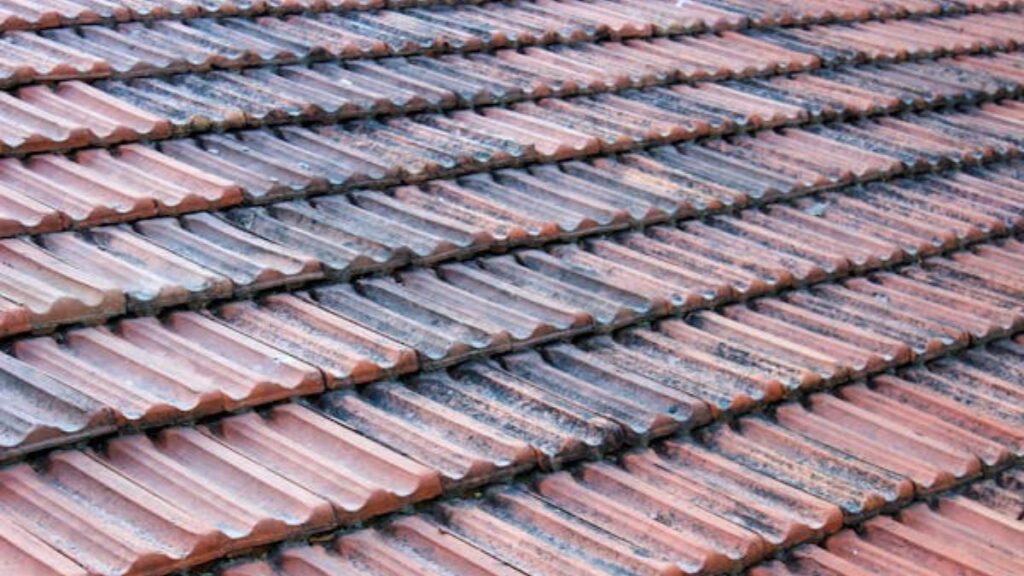Your roof is more than just a shelter; it’s a crucial component of your home’s structure and longevity. Neglecting roof maintenance can lead to costly repairs, structural issues, and even health hazards due to mold and leaks. A well-maintained roof not only safeguards your home but also enhances its value and aesthetic appeal. This guide will provide actionable steps to ensure your roof remains in top condition, extending its lifespan and saving you money in the long run.
Conduct Regular Inspections
One of the simplest yet most effective ways to maintain your roof is to inspect it regularly. Ideally, you should perform inspections at least twice a year—once in the spring and once in the fall. Look for loose or missing shingles, signs of water damage, and debris buildup. Pay attention to flashing around chimneys, skylights, and vents, as these areas are prone to leaks. If climbing on your roof feels unsafe, consider using binoculars or hiring a professional to perform the inspection.
Clean Gutters and Downspouts
Clogged gutters can wreak havoc on your roof. When gutters are filled with leaves, dirt, or other debris, water can back up onto your roof, causing leaks and structural damage. Cleaning your gutters and downspouts at least twice a year ensures proper drainage and prevents water from pooling on your roof. Installing gutter guards can also minimize the accumulation of debris and make maintenance easier.
Invest in Professional Inspections
While DIY inspections and maintenance are crucial, professional inspections can provide a more comprehensive assessment. Professional roofing contractors have the expertise and tools to identify underlying issues that may not be visible to the untrained eye. Scheduling a professional inspection every few years ensures your roof stays in optimal condition and prevents surprise problems.
Address Repairs Promptly
Minor issues can quickly escalate into major problems if left unattended. Whether it’s a cracked shingle, a loose flashing, or a small leak, addressing repairs promptly can save you from more significant expenses down the line. Temporary fixes, such as patching up leaks, can work in emergencies but always follow up with a permanent solution to ensure long-term durability.
Trim Overhanging Branches
Overhanging tree branches can pose a significant threat to your roof. They can scratch and damage shingles, drop leaves that clog gutters, and fall onto the roof during storms. Regularly trim back branches to ensure they don’t come into contact with your roof. Hiring a professional arborist may be necessary for large or high-reaching trees to ensure safety and effectiveness.
Keep Your Roof Clean
Moss, algae, and lichen can accumulate on your roof over time, particularly in shaded or damp areas. These growths not only detract from your roof’s appearance but can also damage shingles by causing them to lift or degrade. Use a roof-safe cleaning solution or hire professionals to remove growth without causing damage. Avoid using pressure washers, as they can strip away protective granules and shorten your roof’s lifespan.
Check Your Attic
The condition of your attic can offer valuable insights into your roof’s health. Check for signs of leaks, such as water stains, mold, or a musty smell. Ensure your attic is properly ventilated, as poor ventilation can lead to moisture buildup and reduce your roof’s longevity. Adequate insulation also helps regulate temperatures and prevents ice dams during winter, which can damage shingles and cause leaks.
Plan for Seasonal Maintenance
Different seasons bring different challenges to your roof. During winter, watch for ice dams and ensure snow doesn’t accumulate excessively. In spring, inspect for damage caused by winter storms. Summer’s heat can cause shingles to warp, so check for wear and tear. Fall is ideal for clearing leaves and preparing your roof for winter. Tailoring your maintenance efforts to each season helps address specific threats effectively.
Consider Preventive Upgrades
Modern roofing technology offers solutions that enhance your roof’s durability and efficiency. For example, reflective coatings can reduce heat absorption, while impact-resistant shingles provide added protection against hail and debris. Installing features like ridge vents can improve ventilation and extend your roof’s lifespan. Investing in these upgrades during maintenance or replacement projects can pay off in the long run.
Your roof is one of the most significant investments in your home. Regular maintenance, prompt repairs, and professional oversight can prevent premature aging and costly replacements. By dedicating time and resources to maintaining your roof, you ensure it continues to protect your home and family for years to come. With the tips in this guide, you’re well-equipped to keep your roof in excellent condition, no matter the challenges it faces.







